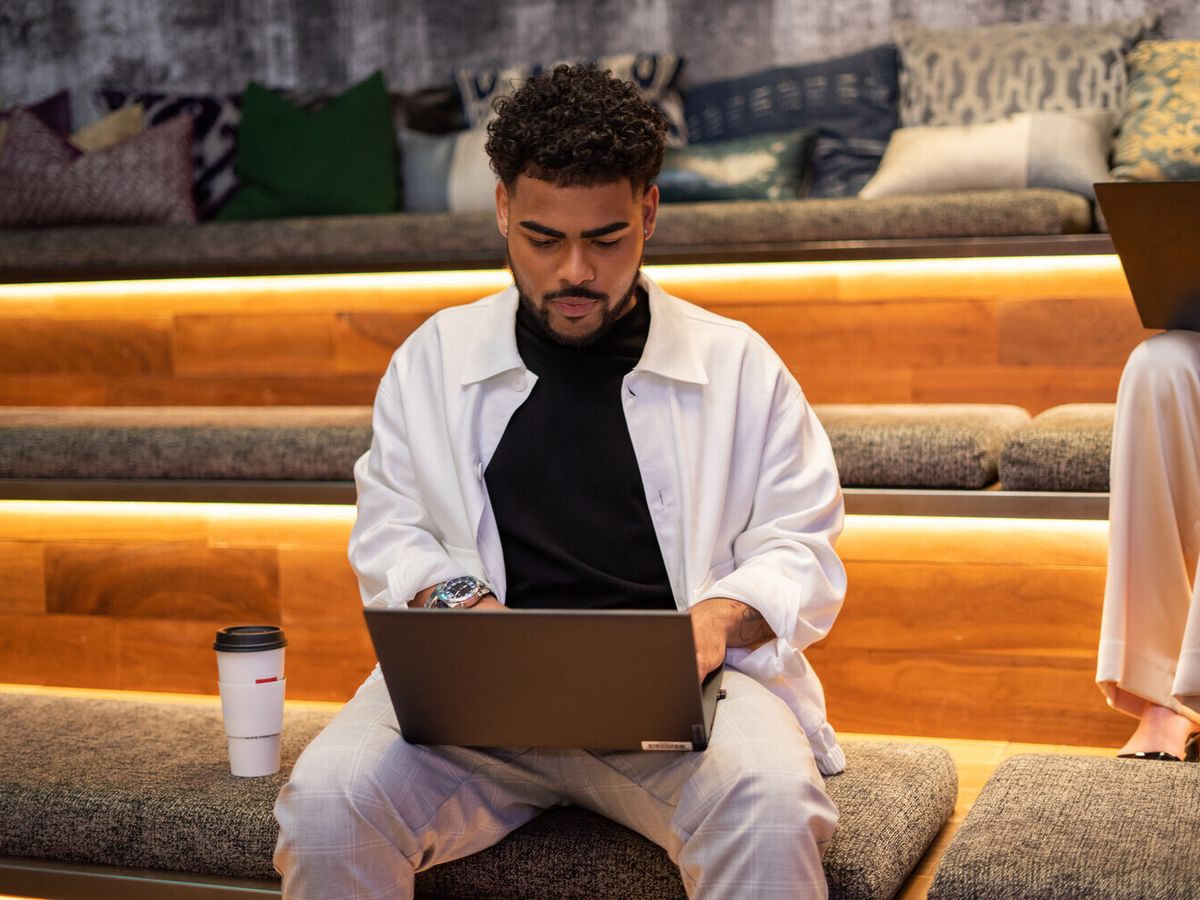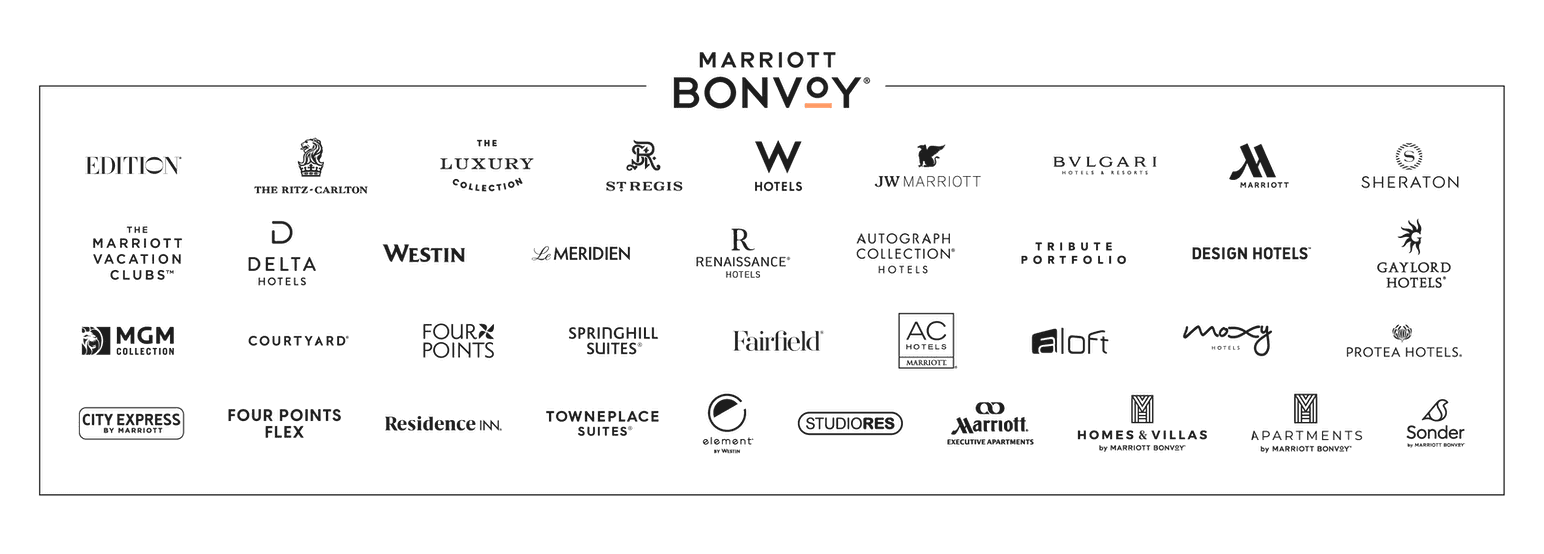Three Steps to Upping Your LinkedIn Game
Chances are, you’re on LinkedIn, but if you’re defining being “on LinkedIn” as posting a variant of your résumé and occasionally seeing what your contacts are up to, you’re missing out on a powerful tool for finding your niche.
“Take a critical look at your profile and really do an assessment: What does this say about my world? What am I doing? What is this profile getting me now?” says Mary Abbajay, president of Careerstone Group, an organizational and leadership development consultancy and author of Managing Up: How to Move Up, Win at Work, and Succeed With Any Type of Boss.
From there, it’s time for the big question: Where am I trying to go from here? Once you’ve identified your goalpost, Abbajay says, it’s time to use LinkedIn to help you get there. Here are three steps that will bring you closer to where you want to be.

Nail Your Profile
If you already have a LinkedIn profile, give it an honest assessment. Does it communicate where you’re trying to go? Seeking an outside opinion can help, whether that’s a professional who specializes in career branding or asking media-savvy friends to tell you what’s working and what isn’t.
Your profile should be uniquely yours—nobody else has your career, after all—but don’t be afraid to borrow from the people who are doing LinkedIn right. “There’s no need to reinvent the wheel,” Abbajay says. “There are people who are really good at this, so you can use some of their strategies for yourself. How are they posting? What does their banner look like? What’s on their profile?”
As for how your profile actually looks—be sure to include a photo. It makes you look more professional, Abbajay says, and it also affects how your profile is read by the LinkedIn algorithm—meaning you won’t come up in searches as readily if you’re opting for the default gray circle instead of a custom photo.
“Your photo doesn’t have to be done by a professional, but you have to look professional,” Abbajay says. “You’re not going to want a picture of you with your cat.” She also recommends using a customized banner for the background image that shows up behind your profile photo.
Other things to include: a clear-cut title (“Don’t make people guess what you do,” Abbajay says), your contact info, and a descriptive bio.
One last pro tip: Go to your settings, then navigate to “Visibility.” Under “Visibility of your LinkedIn activity,” turn off “Share profile updates with your network.” That way, you can tinker with your profile without blasting your entire professional network every time you try out a new banner photo.
“Your profile is your calling card—it’s almost like a mini personal website for you,” Abbajay says. So treat it like one.

Find Your Audience
Remember Abbajay’s advice about figuring out where you’re trying to go? This step is where that becomes must-have intel.
“Who do you want to engage with on LinkedIn?” she says. “Who is it that you’re trying to attract? Really figure out your ‘why,’ and you’ll figure out who to connect with.”
Once you know the type of audience you’re hoping to tap into, get hashtag-savvy. Searching for hashtags that speak to the niche you hope to fill will bring you to people who are already talking about related topics; following them will curate your feed so that you continue to find more people who are working toward goals that are related to yours. (Follow them, too!)
From there, you can reverse-engineer that search to identify hashtags that are the most popular in your field and desired niche, then include those in your posts to help your audience find you.

Cultivate Your Community
“You don’t want to be that person who’s only talking about themselves,” Abbajay says. At the same time, some people—particularly women—have a hard time broadcasting their accomplishments for fear of seeming like a braggart.
To find the right balance, Abbajay recommends following the rule of thirds when posting content: One-third of your content should be promoting yourself, one-third should be promoting others, and the other third should be sharing interesting content about your field.
The sharing principle goes for your intake strategy, too. When you read posts from others, don’t just hit “like”; engage with what they’re saying. You can also find ways to bring in that rule of thirds in your commenting strategy—if someone posts about a professional quandary, you can respond with your own experience or endorse someone else in your field to spread the appreciation.
LinkedIn isn’t called YouIn, after all—it’s all about linking with others. Remembering that will help keep you on a rewarding path and lead to more opportunities for connection at your in-person meetings and events.


The following brands do not participate in Marriott Bonvoy™ Events: Design Hotels, Marriott Executive Apartments, Residence Inn, TownePlace Suites, StudioRes, Bulgari Hotels & Resorts, The St. Regis Residence Club, The Phoenician Residences, a Luxury Collection Residence Club, Scottsdale, The Ritz-Carlton Club, The Ritz-Carlton Yacht Collection, and Homes & Villas by Marriott Bonvoy. For a full list of participating and non-participating brands, please click here.